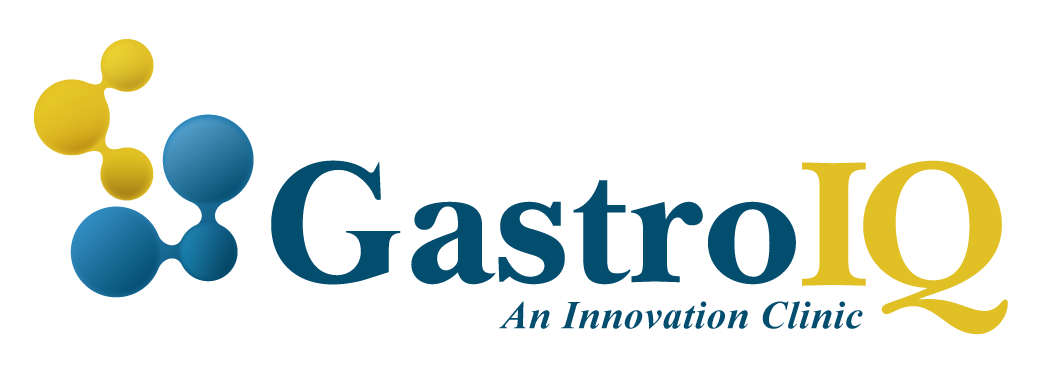Swallowing Problems
Difficulty swallowing, also called ‘dysphagia’, is caused by a diverse group of disorders that result in trouble transferring food or liquid from the mouth into the stomach. Unfortunately, many people suffer with swallowing issues. Whilst often mild, sometimes the issues can progress, leading to malnutrition, weight loss or aspiration of food into the lungs.
Different types of Swallowing Disorders:
Swallowing problems can be divided into 2 major types:
(i) Upper or ‘Oropharyngeal’ dysphagia: This is trouble at the level of the mouth and throat. Food or liquids cannot be properly moved from the mouth into the oesophagus. Often there will be aspiration of foods or liquids into the lungs leading to coughing and sometimes choking when trying to swallow.
(iI) Lower or ‘Oesophageal’ dysphagia: This is trouble at the level of the oesophagus. Food or liquids will get stuck or be slow to pass through the oesophagus. People experiencing this often feel chest pain/chest fullness, nausea, and at times will have to force vomiting into to dislodge the stuck food.
What causes swallowing problems?
-Stroke (sometimes this is the only symptom of stroke)
-Head trauma
-Parkinson’s disease
-Multiple sclerosis
-Alzheimer’s disease
-Thyroid disease
-Polymyositis (chronic muscle inflammation)
-Myasthenia Gravis
-Zenker’s diverticulum (pharyngeal pouch)
(ii) Lower or oesophageal swallowing problems can be further divided into two categories:
- Obstructive:
- Chronic heartburn / reflux issues (peptic strictures/Schatzki rings)
- Oesophageal cancer
- Auto-immune diseases (eosinophilic oesophagitis/upper digestive Crohn’s disease)
- Infection (HSV, CMV, and sometimes Candida)
- Motility:
- Achalasia (the lower oesophageal stricture does not relax, keeps solids/liquids inside the oesophagus for a prolonged period of time)
- Scleroderma (minimal contraction of the oesophagus)
- Jackhammer/nutcracker oesophagus (excessive contraction of the oesophagus)
How do you diagnose swallowing problems?
Swallowing problems can be challenging to diagnose and require careful assessment. There may be overlapping conditions that require a multi-step approach to treatment. The tests that we use at Gastro IQ include:
- Video fluoroscopy: Through the guidance of our Speech Language Pathologist, the patient swallows different types of fluids with different consistencies. The images are saved and oral swallowing reflux is studied. Any abnormalities in the reflex or aspiration of fluid into the lungs is consider an abnormal test.
- Video endoscopy: The swallowing reflux as well as the structures of back of the mouth are studied with a small fiber optic scope. Opening and closing of the epiglottis is observed and as well as the vocal cords and pharynx are examined for evidence of damage.
- Manometry: A small probe is placed through the nose and into the oesophagus to measure the strength and coordination of the oesophageal muscles. Tracings of the oesophagus are obtained and are applied against standardized criteria to determine if there is the presence of a motility issue.
- pH testing: Reflux can contribute to swallowing problems and often persists undetected for years. At Gastro IQ, we offer 24hr trans-nasal testing as well as the 96hr Bravo system (small capsule inserted into the oesophagus via a gastroscope).
- Gastroscopy: This test is necessary in almost all cases of swallowing difficulties. Under sedation, a thin flexible camera is placed through the mouth into the oesophagus and stomach. Gastroscopy looks for obstructive issues (e.g. cancer or strictures).
How do you treat swallowing problems?
The treatment for swallowing problems depends upon the underlying cause.
(i) For oropharyngeal dysphagia, the underlying cause is assessed and treated (e.g. Parkinson’s disease treated with medications). In addition, a speech pathologist will develop a nerve training/stimulation exercise program specific to the underlying swallowing deficiencies identified on testing.
(ii) Obstructive issues are usually treated with dilatation (stretching) of the oesophagus, performed during a gastroscopy. Cancer of the oeosphagus can be treated with surgery or chemo-radiotherapy
(iii) Motility issues are treated with medications that help relax the oesophagus. If there is evidence of reflux, anti-acids will be used to minimize irritation to the oesophagus. Finally, therapy performed during a gastroscopy can be used to control abnormal muscle contractions. These may include injection of Botox into the oesophageal muscles or dilation of the lower oesophageal sphincter (LOS).

